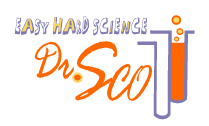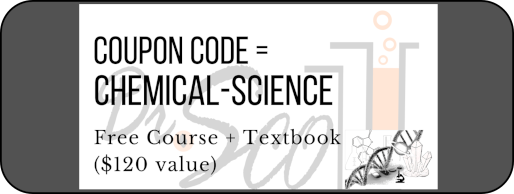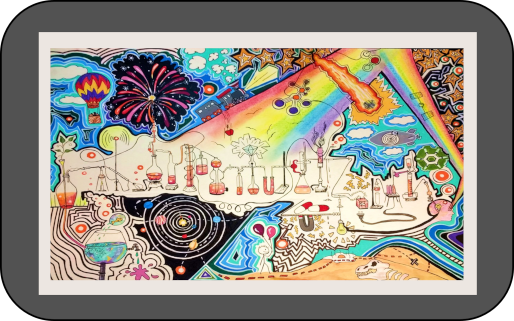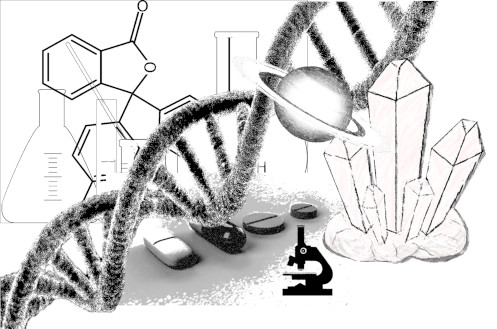Chemical Science
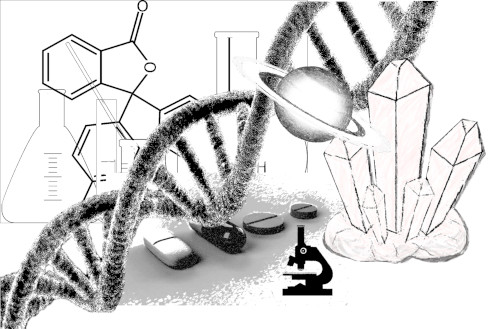
Chemical Science covers many, many different types of chemistry.
Learn more about the structure, reactivity, and usefulness of chemicals below.
Chemical Science Video Course
Coupon Code = CHEMICAL-SCIENCE
Use the coupon code CHEMICAL-SCIENCE here for lifetime access to the course materials.
Click the above button, then enter CHEMICAL-SCIENCE in the Order Summary where it says “Have a coupon?”
Chemical Science Video Course:
- Complete introduction to chemistry video textbook.
- Printable pdf worksheets and answer keys.
- Personal contact with the author Dr. Scott for worksheet evaluation and questions.
- Learn about the different types of chemistry.
- Learn about the structure of matter, how chemicals react, and why this can be useful.
- Learn to have fun learning!!!
What Is Chemical Science?
Chemical science is a big umbrella covering many, many types of chemistry. Chemistry is often called the “central science,” because all other sciences are somehow related to chemistry. Perhaps all scientists study or use things made from atoms, which is where chemistry begins. There are many types of chemistry, and there are also many chemistry sub-fields that connect to other branches of science.
Chemistry is often called the study of matter. Matter is, essentially, everything. All the stuff of our planet and the universe. That’s a vast amount of things to study, so scientists have accordingly created fields covering the various types of chemistry.
Some important types of chemistry are described in the bullet points below.
- A wet lab is for studying chemicals that dissolve in water or acid. This is a very common situation.
- A clean room is for studying the chemistry of substances that are highly sensitive to dust in the air. The air is cleaned by filtering so that dust won’t contaminate things. This approach is used for semiconductors used in computer chips.
- Water quality chemists study contaminants, as well as healthy minerals, in the water supply that we drink.
- Air quality scientists study contaminants in the ambient air, and also around pollution sources such as factories and highways.
- Biogeochemistry is a field of Earth Science, to understand how chemical processes occurring over millions of years have shaped our planet.
- A combustion analysis laboratory is used for analyzing fuels that are burned (combusted) for energy.
- Nuclear chemistry is the study of nuclear fission and fusion, as well as radiation. This can be dangerous, but nuclear chemistry is also used for making medical scanning devices.
- Chemical engineering is about using computers to control chemical factories.
- Materials scientists study the chemistry of solid materials, and make the new, modern materials for modern products.
- Polymer chemistry is mostly about plastics.
- Catalysis engineering is about using fancy metals to speed up chemical reactions, such as cracking petroleum oil into useful chemicals. The idea is to sprinkle particles of exotic metal onto a ceramic bead that is put into the chemical reactor.
- Fluid mechanics is the study of how things flow, such as a river, the blood through your veins, or chemicals in a pipeline.
- Meteorology and atmospheric chemistry are highly connected fields. The weather has a lot to do with how water gains and loses energy from sunlight.
- Photochemistry is specifically atmospheric chemistry that is driven by sunlight. Smog forms over urban areas due to photochemical reactions. Smog forms in the atmosphere, as it is not directly emitted.
- Food chemistry is the study of food composition and nutritional value. Food science is also used to make new food products.
- Analytical chemists use fancy machines, such as a spectrometer, to analyze the composition of substances. They answer the question, “What’s it made of?”
- Physical chemistry applies the mathematics of calculus to chemistry. It lets us find numbers for physical constants.
- Thermodynamics is the study of how chemicals transfer and hold energy.
- Mathematical modeling is a modern field of chemistry, in which chemical science is fed into computer models to make predictions and analyze scenarios. The Next Generation Science Standards include modeling as a critical skill for scientific literacy. You can learn about modeling in our algebra courses.
The best way to get started with chemical science is our Intro to Chemistry course. There is a coupon above, plus a whole series of chemistry courses to take you deeper into the fascinating field.
About the Author
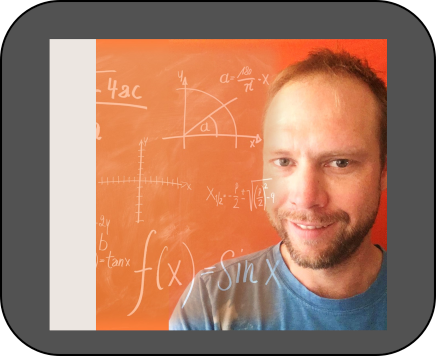
Dr. Scott has a Ph.D. in chemical engineering from the University of California, and he has taught chemistry at the high school and college level. His goal is to provide chemistry classes to everybody using Plain English. Learn more.
Learn Chemistry Now
Safe
Safe, private, respectful, and positive.
Personal
Optional progress evaluations by Dr. Scott.
Video Format
Chemistry video textbook with all worksheet solutions.

Success Stories
Read from others like you getting started with chemistry.
Really awesome course!
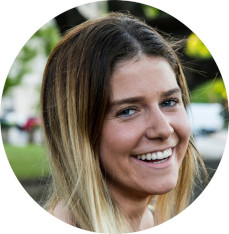
Sandra F.
College Student
My kids love it!!!

Joseph J.
Engineer
Phew I understand chemistry, and I see why it pops up in other science classes, too.

Jannet Z.
High School Student
Creative, fun approach. I love it.

Rose A.
Chemistry Teacher
